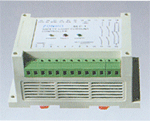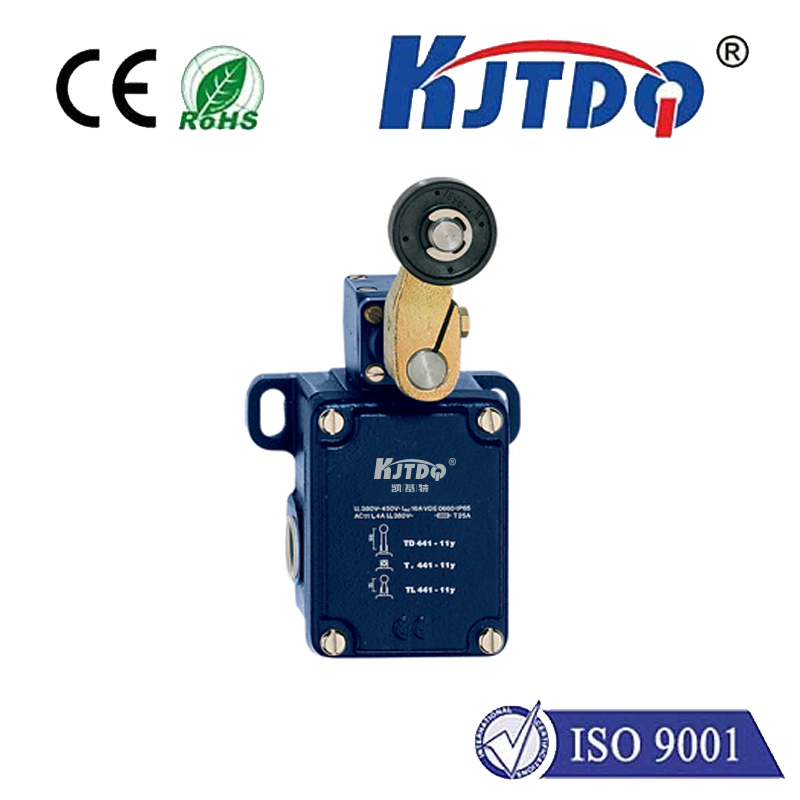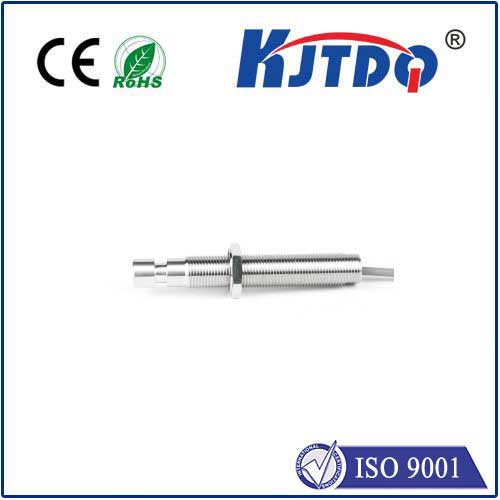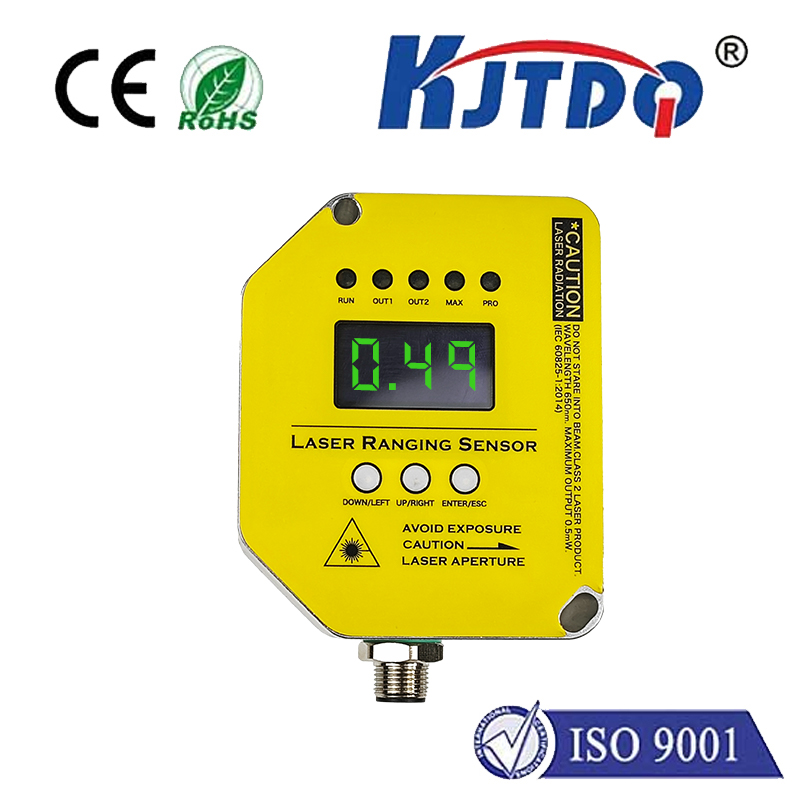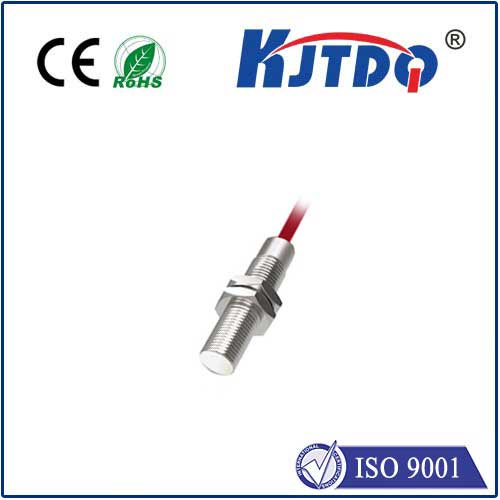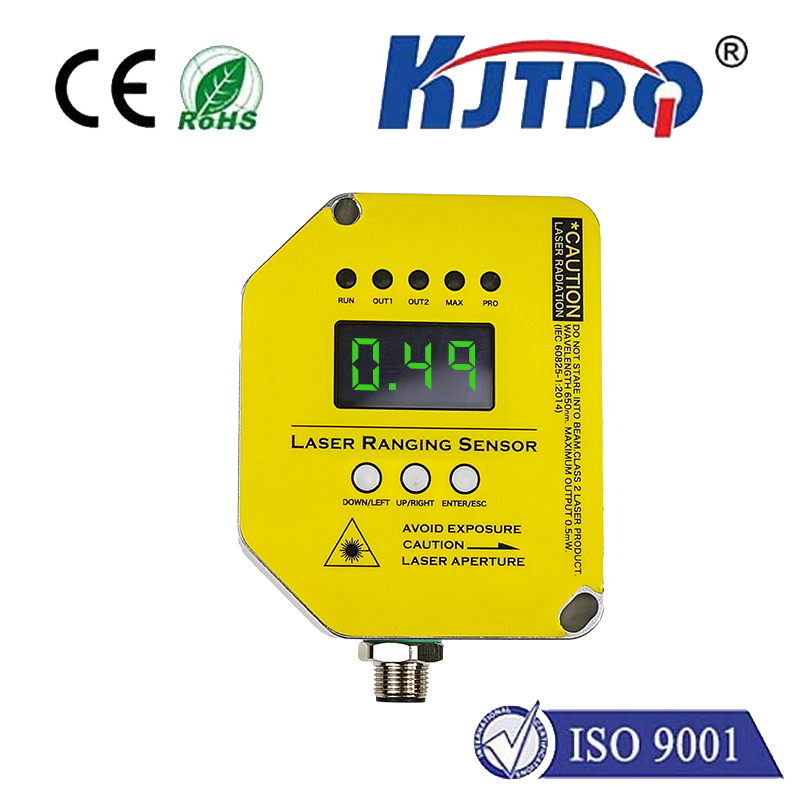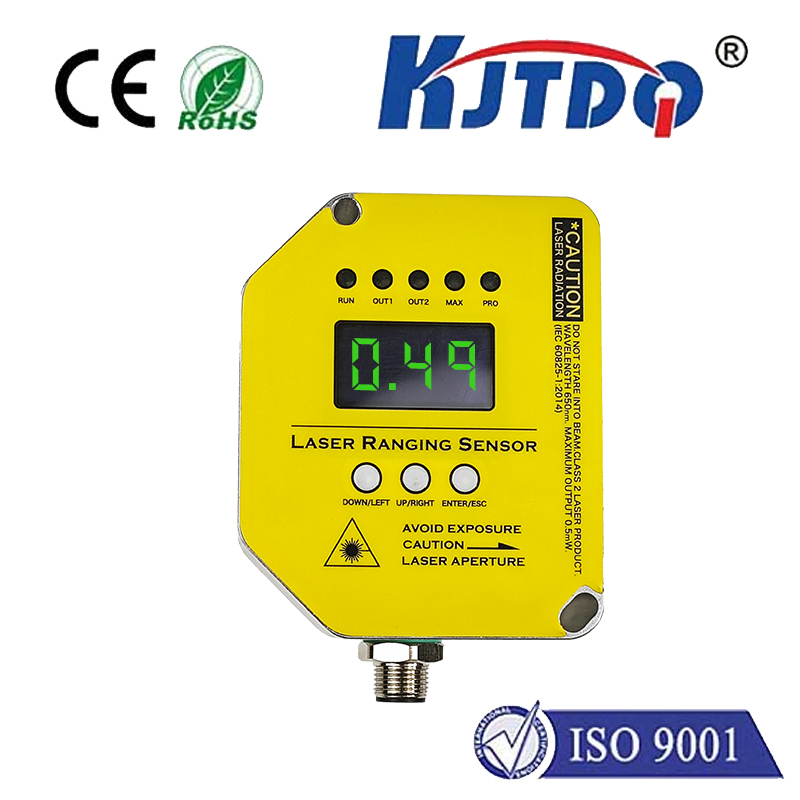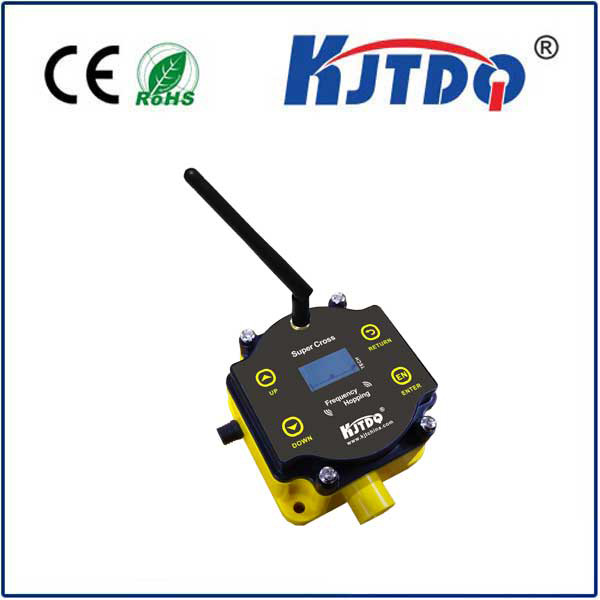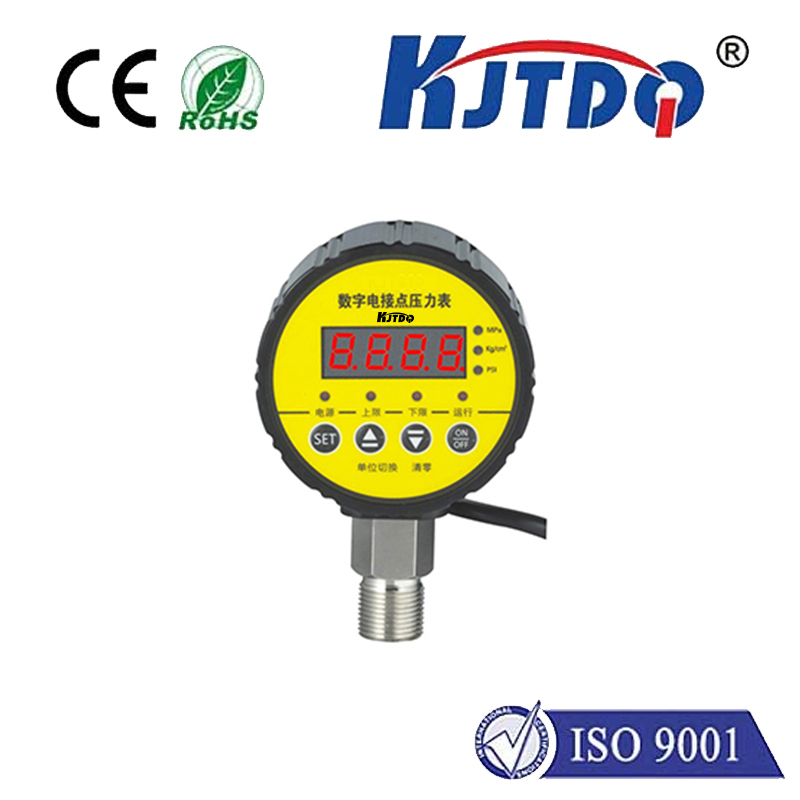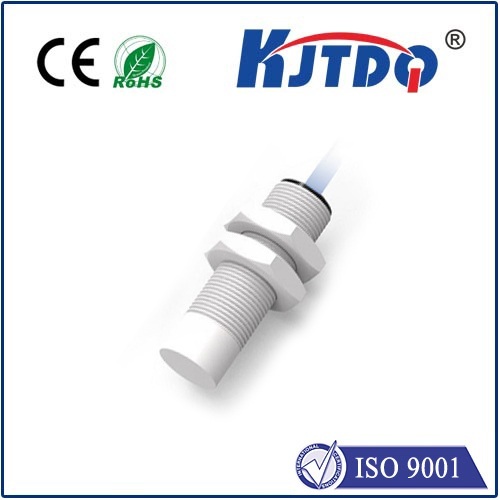
check

check

check

check

Title: The Cutting-Edge Technology of Sonar Proximity Sensors Introduction Sonar proximity sensors are a type of advanced technology that has revolutionized the way we interact with our environment. This technology is based on the principles of sound waves and their ability to bounce back after hitting an object, providing accurate measurements of distance and proximity. In this article, we will explore the various aspects of sonar proximity sensors, including their history, applications, advantages, and future prospects. History of Sonar Proximity Sensors The concept of sonar proximity sensors dates back to World War II when they were first used by submarines to detect enemy vessels. Over time, this technology evolved and became more sophisticated, leading to its widespread use in various industries such as automotive, robotics, healthcare, and many more. Today, sonar proximity sensors are an integral part of modern technology, enabling us to perform tasks that were once considered impossible. Applications of Sonar Proximity Sensors Sonar proximity sensors have a wide range of applications across different industries. In the automotive industry, they are used in parking assistance systems, collision avoidance systems, and lane departure warning systems. In robotics, they are used for navigation and obstacle detection. In healthcare, they are used in physical therapy devices and prosthetic limbs. Additionally, sonar proximity sensors are used in industrial automation for fluid level measurement and quality control. Advantages of Sonar Proximity Sensors One of the main advantages of sonar proximity sensors is their non-intrusive nature. Unlike other types of sensors that require physical contact with the object being measured, sonar proximity sensors can operate from a distance. This makes them ideal for use in environments where physical contact may be harmful or impractical. Another advantage of sonar proximity sensors is their accuracy. They can provide precise measurements of distance and proximity, making them suitable for use in applications that require high levels of precision and reliability. Future Prospects of Sonar Proximity Sensors As technology continues to advance, the future prospects of sonar proximity sensors look bright. With the increasing demand for autonomous vehicles and robots, the use of sonar proximity sensors is expected to grow even further. Additionally, researchers are continuously working on improving the accuracy and range of these sensors, making them even more versatile and useful. In conclusion, sonar proximity sensors are a fascinating example of how technology can transform the way we interact with our environment. Their wide range of applications, accuracy, and non-intrusive nature make them an essential tool in various industries. As we continue to push the boundaries of what is possible, it is clear that sonar proximity sensors will play a significant role in shaping the future of technology
